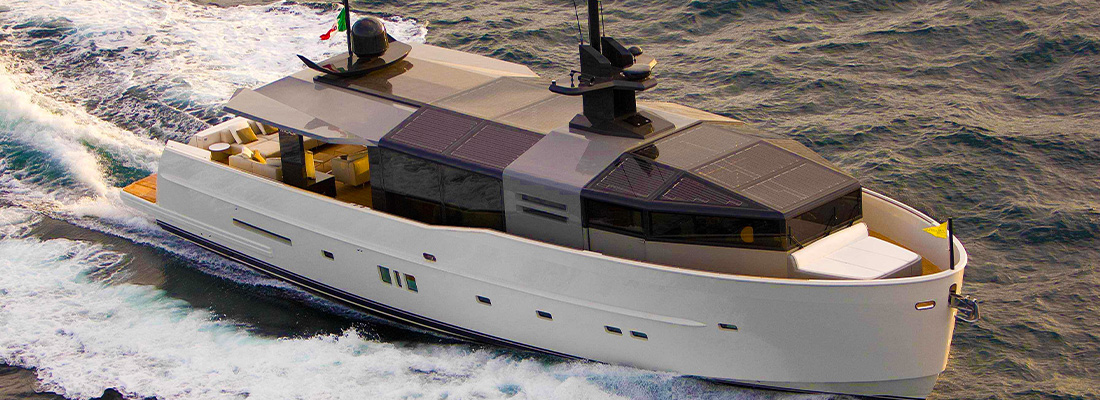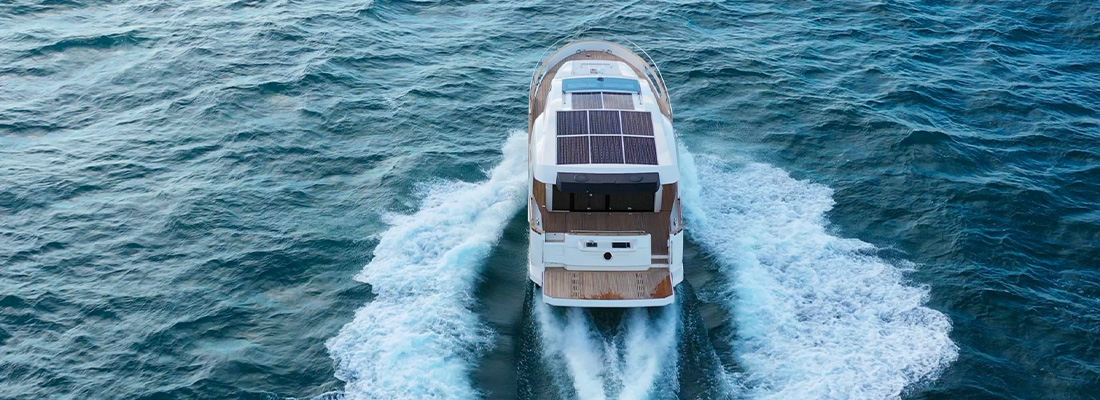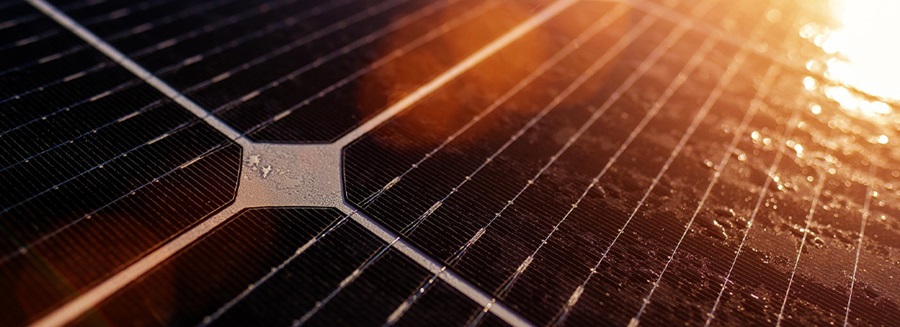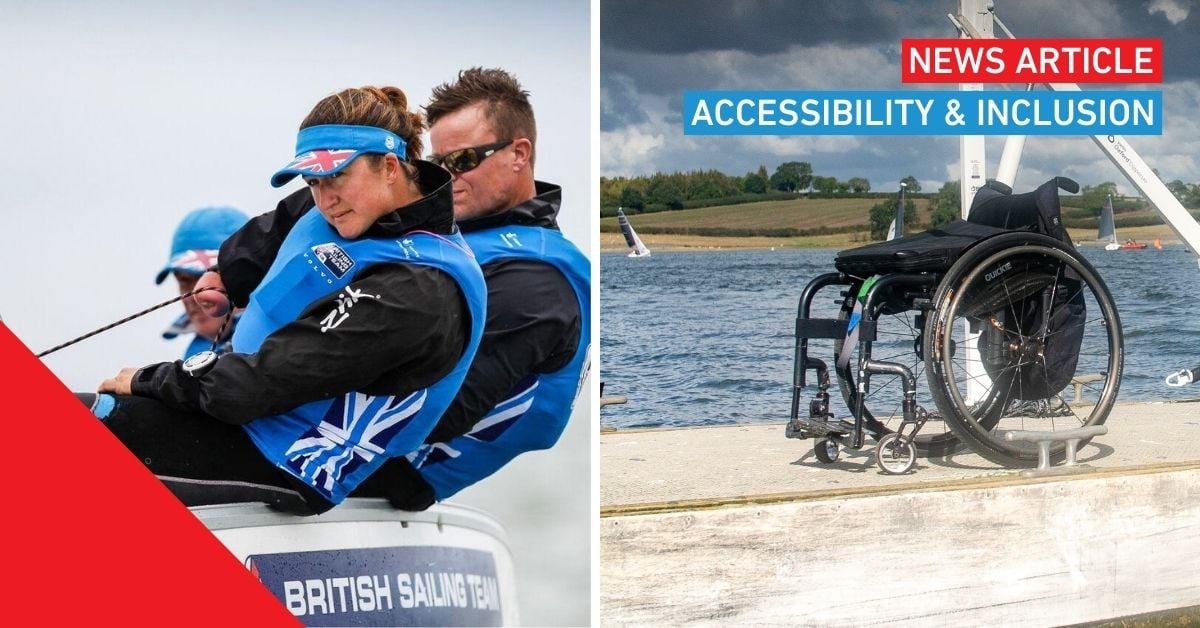Solar independence, the yachtsman's friend
When I purchased my 42-year-old Dutch steel motor yacht 7 years ago, she came with a couple of 50 watt solar panels on the cabin roof, which had been fitted by the previous owner back in 2004. He had obviously not held back on the expenditure, as they were manufactured by BP Solar, who I imagine were not the cheapest option, and the technical paperwork onboard confirmed that they are guaranteed to provide at least 80% efficiency for 20 years (4 years to go, fingers crossed, but all good so far!).
To be honest, it wasn’t the main attraction for me to buy the boat, but I thought, ‘nice to have. 'Especially when it was explained that he had rated them to run the Dometic 12-volt marine fridge onboard, which consumes no more than 70 watts. Trust a Dutchman to ensure that his beer is always cold! After the first summer season of extensive cruising and a winter tied up in the marina, I came to appreciate them even more, realising that the battery bank was being kept fully charged even on ‘not so sunny’ days, via the charge controller, which switches automatically to float mode when the full charge voltage is achieved.
So, as a confirmed enthusiastic supporter of solar power, I was excited when I was asked a couple of years later, to visit the Dusseldorf Boat Show, and interview the marketing director of Arcadia Yachts. At that time, the Italian yard were into their 6th year of production, turning out a fairly distinctive range of superyachts with green credentials. Also, creatively pushing the boundaries of innovation when it comes to the use of solar panels, in order to generate the maximum amount of power for comfortable living onboard, whilst minimising emissions from generators.
Arcadia's scientific approach to solar energy
The first thing that was evident to me, looking at the scale model of the 24 metre Arcadia 85 on the stand, was how attractively the designers had managed to incorporate the maximum amount of solar panel area into the upper superstructure of the yacht. In fact, at first glance you hardly notice they are there, but a closer look reveals that the surface area and exposure to the sun’s rays from several angles is significant.

It was then explained to me, that the yard’s design and engineering team had been working with the University of Naples Dept. of Industrial Engineering, to continually improve the power generation factor of their solar panels. But also taking into account their thermal insulation properties, because they make up such a large part of the overall superstructure which is then exposed to strong sunlight. No point in generating lots of green energy, if internal spaces are overheating and requiring more air-con to cool them!
So, in addition to maximising surface area for clean solar energy production, the same panels provide enhanced thermal properties to improve onboard comfort levels. This is based on a special glass sandwich construction utilising low emission electric energy production cells, and insulated between the inner and outer layers with krypton gas. I was told that this results in a thermal cooling effect between interior and exterior temperatures of 18C, equivalent to a 20cm thick brick wall.
Just recently, Arcadia celebrated 10 years in business under the stewardship of founder Ugo Pellegrino. In an interview with our show partners Superyacht News he reported that 30 yachts have been delivered during that period with 9 of them over 30 metres. Also, that they had increased the overall power generating efficiency of their trademark solar panels by 38%, and were still looking to improve even further.
Greenline Yachts maximising solar power
Coming down in size to an eco-friendly motor yacht aimed at the family boating market, the Greenline Yachts range is another one that I have had some personal exposure to, having presented a video review from onboard one of their earlier models, many moons ago in Mallorca. I must say I was impressed with the design, build quality, eco features, and the price at the time, but as I said, that was at least 9 years ago, and Greenline have had a few chapters unfold in their business and design development story since then.

One of their outstanding features nowadays, is undoubtedly the enhanced use of solar panels to provide more onboard energy, and the independence from shore / generator power that every boat owner would like to have. In fact, their latest generation series of cabin cruiser models from the 10 metre Greenline 33, through to the 14.37 metre 48 Fly, are all equipped with multi-panel ‘solar roofs’ which can deliver up to 1.8kw/hr of power in daylight conditions.
Greenline have been installing lithium polymer batteries for propulsion and hotel load purposes since 2009, and by feeding the solar energy to a bank of these, they are able to store up to 11.5kw/hrs on the model 33, and up to 40kw/hrs on the larger yachts in the range. This is made available as 230v or 120v AC continuous power for running all the onboard apparatus, such as refrigerator, air conditioning and audio/visual equipment.
Propulsion options are available as ‘all electric’ (E-Drive) or hybrid diesel/electric (H-Drive). The E-Drive uses power from separate dedicated lithium batteries which are charged from shore power in as little as 4 hours, and provides zero emission, silent cruising at 4-5 knots with a range of 20 miles on a fully charged battery bank.
Note: If you are interested in checking out the very latest in solar power technology, energy storage systems, or hybrid / electric propulsion developments, then the E-nnovationLab at METSTRADE 2020 is the place to head for this November.
Share your stories on leisure marine industry with us
Do you have an innovation, research results or an other interesting topic you would like to share with the leisure marine equipment industry? The METSTRADE website and social media channels are a great platform to showcase your stories! Let us know via metstrade@rai.nl
Are you a METSTRADE exhibitor?
Make sure you add your latest press releases to your Company Profile in the Exhibitor Portal for free exposure.





